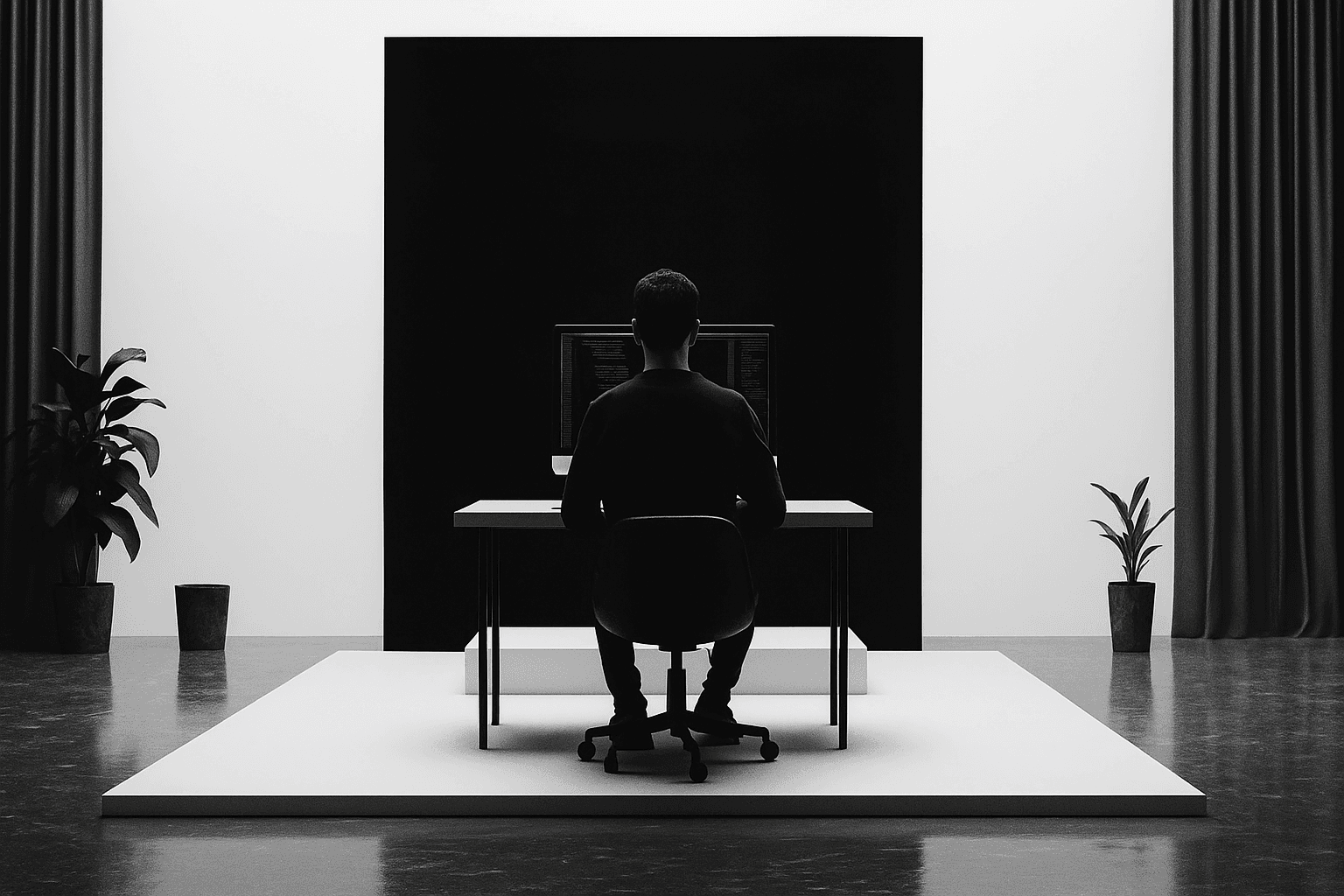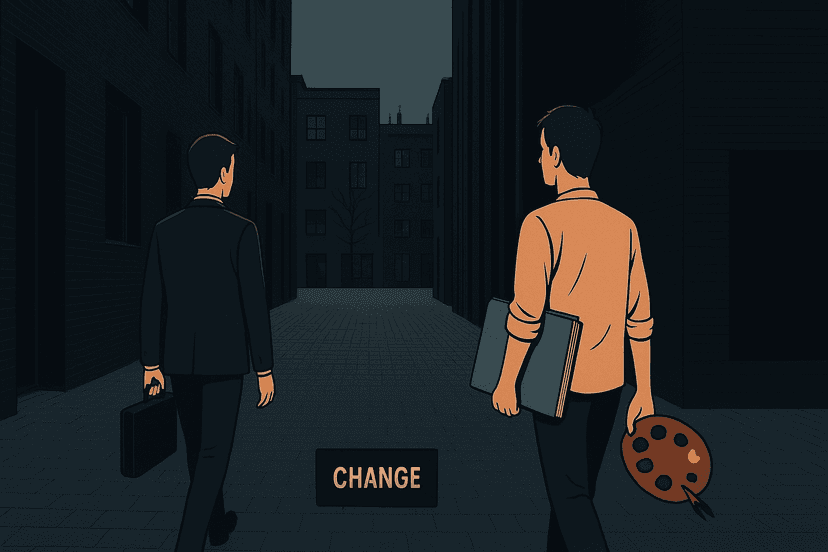How to Learn Any Skill in 30 Days
8/10/2025
James Oluwaleye
Most people believe it takes years to master something. The truth? You can learn a new skill well enough to use it in just 30 days, if you have the right strategy. In this guide, we’ll break down the proven steps to pick, practice, and polish any skill in one month or less.

How to Learn Any Skill in 30 Days
- 1.Choose the Right Skill
- 2.Break It Down Into Smaller Parts
- 3.Create a 30-Day Learning Plan
- 4.Use the Right Resources (Without Overloading Yourself)
- 5.Practice With the Feedback Loop
- 6.Push Through the Mid-Month Slump
- 7.Use Your Skill in the Real World
- 8.Final Thoughts: Your 30-Day Challenge Starts Now
We've all heard the saying, "It takes 10,000 hours to master a skill." While that's true if you want to be the best, you don’t need nearly that much time to get good enough to use a skill in real life. Whether it’s playing guitar, cooking a delicious meal, speaking basic Spanish, or building your first website, you can learn the basics in about 30 days if you go about it the right way.
The key isn’t about cramming all day; it’s about learning smart and being consistent. This guide will show you a step-by-step method to go from beginner to functional in just one month.
Choose the Right Skill
Before you start, pick something realistic and specific. Instead of saying, "I want to learn photography," say: "I want to take 10 well-lit portrait photos by the end of 30 days." Being specific gives you a clear goal. Keep these tips in mind when choosing a skill:
- Choose something you’re really excited about because your interest will keep you motivated.
- Make sure it’s something practical and you should be able to use it right away.
- Steer clear of skills that take years to show basic results (like becoming a surgeon or studying quantum physics).
- Follow the 80/20 rule, focus on the 20% of the skill that will give you 80% of the results. For example, if you’re learning guitar, start with 4–5 common chords that can help you play many songs.
Break It Down Into Smaller Parts
Big skills can seem overwhelming. The easiest way to deal with them is to break them into smaller, manageable pieces. For example, learning photography can be divided into:
- Understanding lighting basics
- Learning framing and composition
- Getting to know camera settings
- Editing photos
This approach has two main benefits:
- It makes learning less stressful.
- You can see progress faster, which keeps you motivated.
Write down all the smaller skills on paper or create a mind map so you can see what to focus on first.
Create a 30-Day Learning Plan
Here’s a simple structure you can follow:
- Week 1: Learn the basics, focus on core concepts and simple exercises. For example, if you’re learning Spanish, start with greetings, numbers, and common verbs.
- Week 2: Practice the core skills daily, engage in short, focused practice sessions. For instance, have mini conversations in Spanish every day.
- Week 3: Add variations and small challenges, push yourself into slightly harder situations. For example, watch Spanish YouTube videos without subtitles.
- Week 4: Use your skill in real life, do a project, performance, or create something to share. For instance, talk with a native Spanish speaker for 15 minutes.
Practice 30–60 minutes a day. Being consistent is better than doing 4 hours in one day and then skipping the next three.
Use the Right Resources (Without Overloading Yourself)
The internet has endless resources, but having too many choices can be overwhelming. Pick 1–2 good resources and stick with them for the whole month.
Here are some examples:
- YouTube: Free tutorials on almost every skill.
- Udemy/Coursera: Structured, paid courses.
- freeCodeCamp: Great for coding skills.
- Reddit, Discord, or Facebook groups:Get tips and ask questions.
- Free eBooks: Search for “free [skill] PDF” and filter by reliable sources.
For cooking, you might choose one cookbook and a YouTube playlist instead of jumping between 15 random videos.
Practice With the Feedback Loop
This is where many people struggle, they practice but don’t improve because they don’t review and adjust. The feedback loop looks like this:
- Practice the skill.
- Get feedback (from a coach, community, or by reviewing your own work).
- Adjust and improve.
If you’re learning guitar, record yourself playing. Listen to spot where your rhythm is off, then fix those issues.
Feedback from people who are better than you is incredibly valuable, they’ll notice mistakes you might miss.
Push Through the Mid-Month Slump
Around days 10–15, motivation usually drops. This is normal, your excitement may fade and progress can feel slow. Here’s how to push through:
- Remind yourself why you started.
- Reward yourself for small achievements.
- Change your routine a little to keep things fresh.
- Track your progress so you can see how far you’ve come.
Think of it like going to the gym, you don’t stop just because the first workouts are tough.
Use Your Skill in the Real World
By the last week, you should be ready to use your skill for something practical.
Examples:
- If you learned to cook, host a dinner for friends.
- If you learned to code, build a simple website.
- If you learned photography, create a 10-photo portfolio.
Using your skill in real situations helps it stick better and gives you a sense of accomplishment that keeps you going even after the 30 days.
Final Thoughts: Your 30-Day Challenge Starts Now
You don’t need to spend years before enjoying a new skill. With focus and consistent effort, one month can take you from beginner to functional.
The hardest part is just getting started. So here’s the challenge:
- Pick a skill today.
- Break it down into small, clear steps.
- Practice every day for the next 30 days.
In a month, you could be doing something you once thought was impossible! As a business owner, understanding how things work is very important. Those who are equipped with the right knowledge have the best chance to succeed. With that said, my new ebook “Double Sales Without Extra Work” is exactly what you need.


